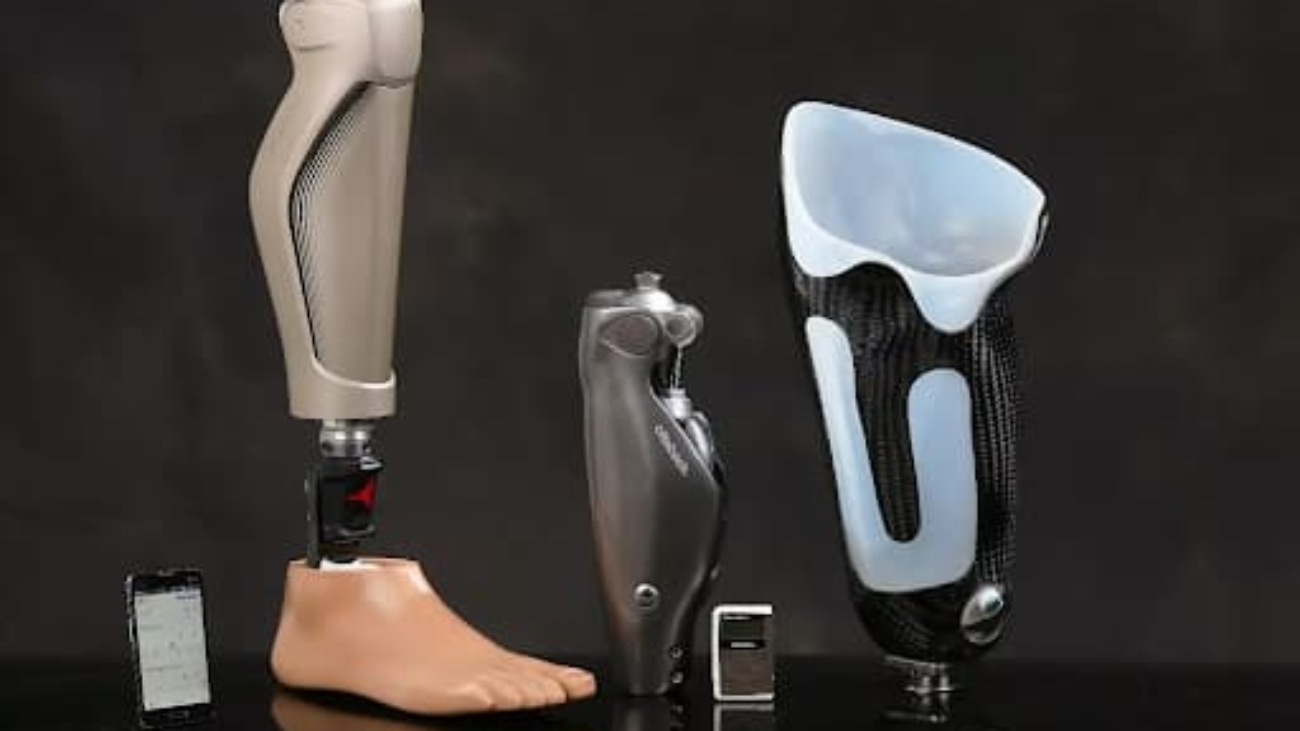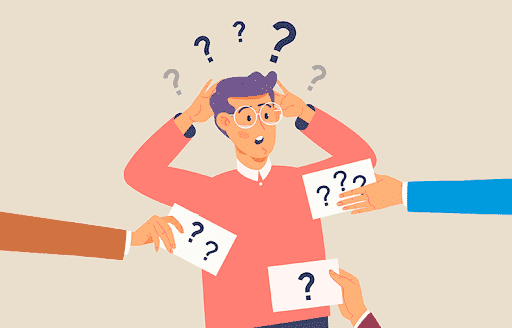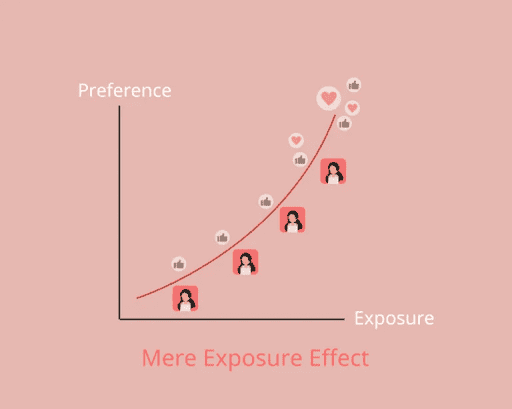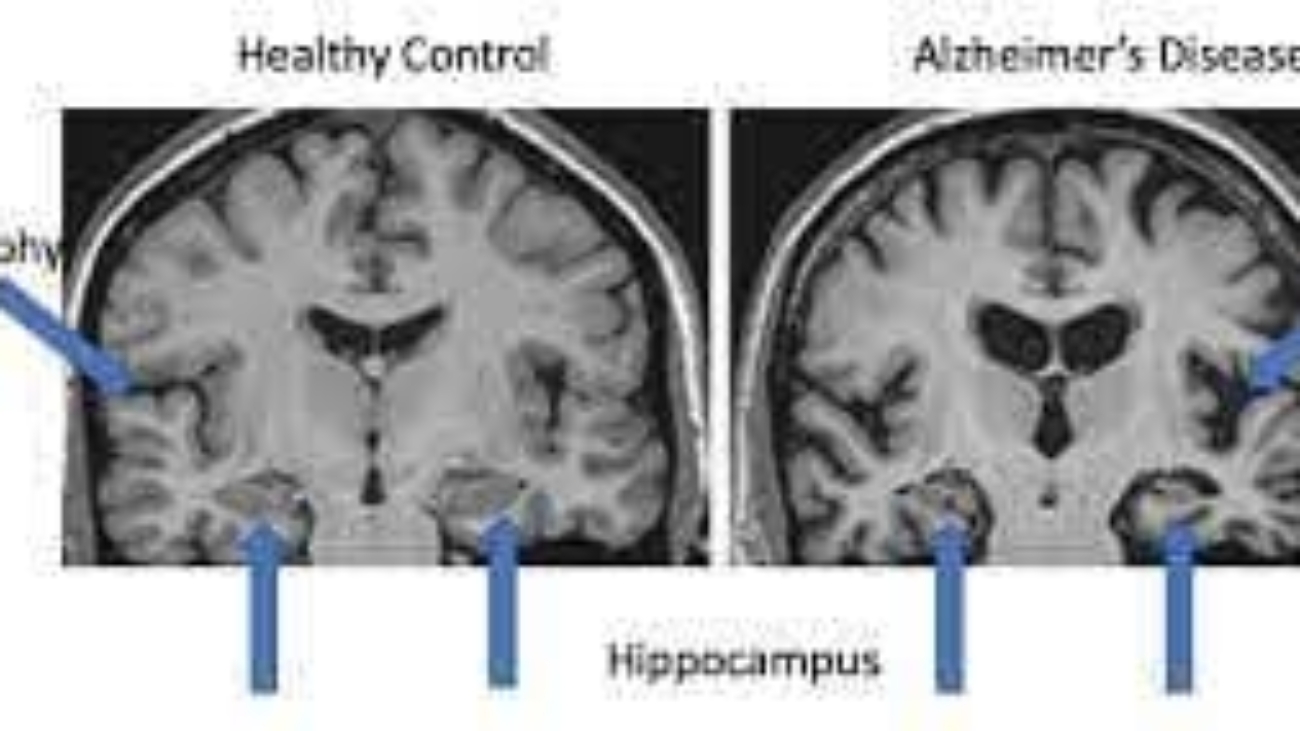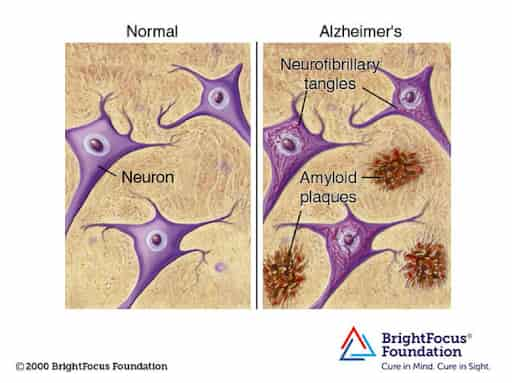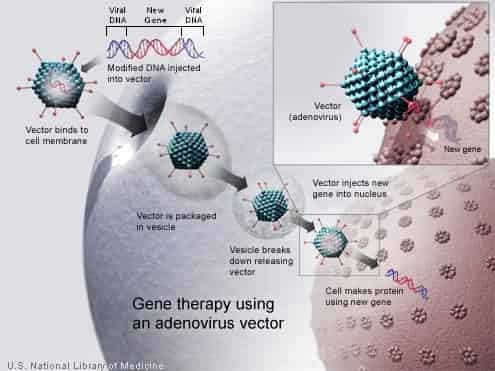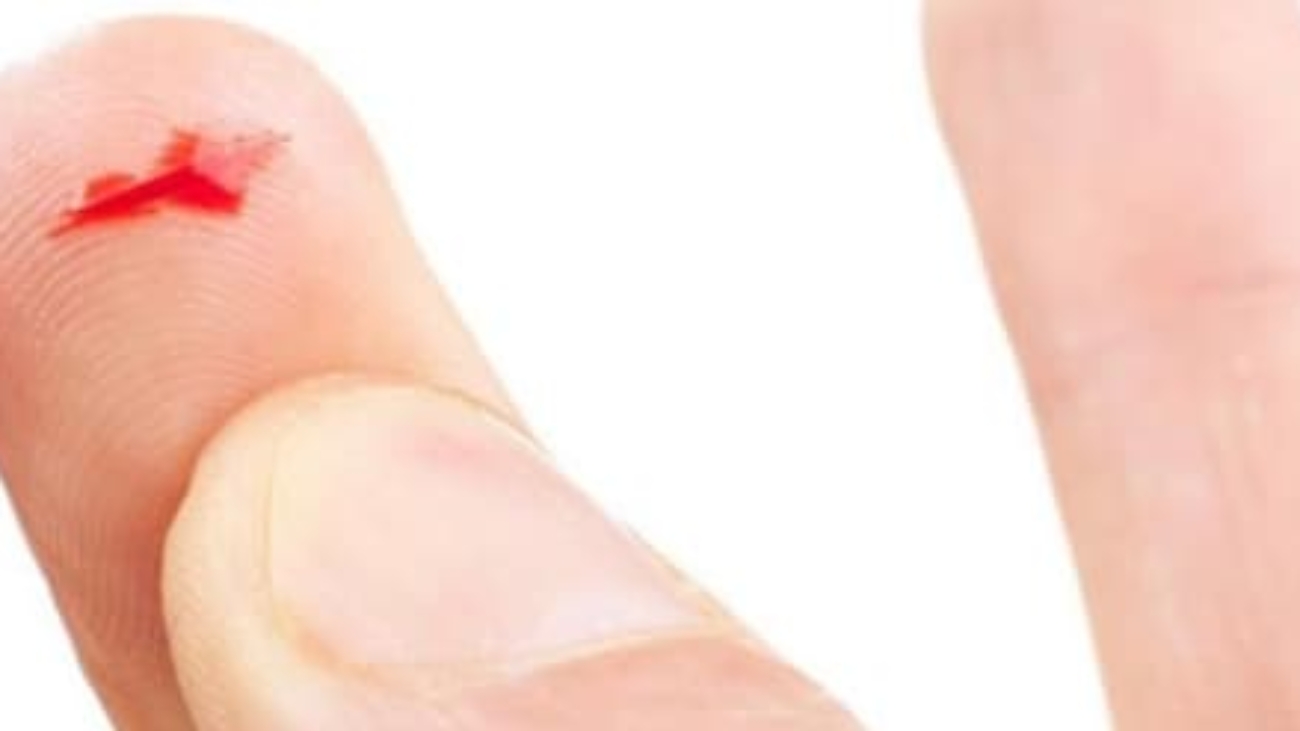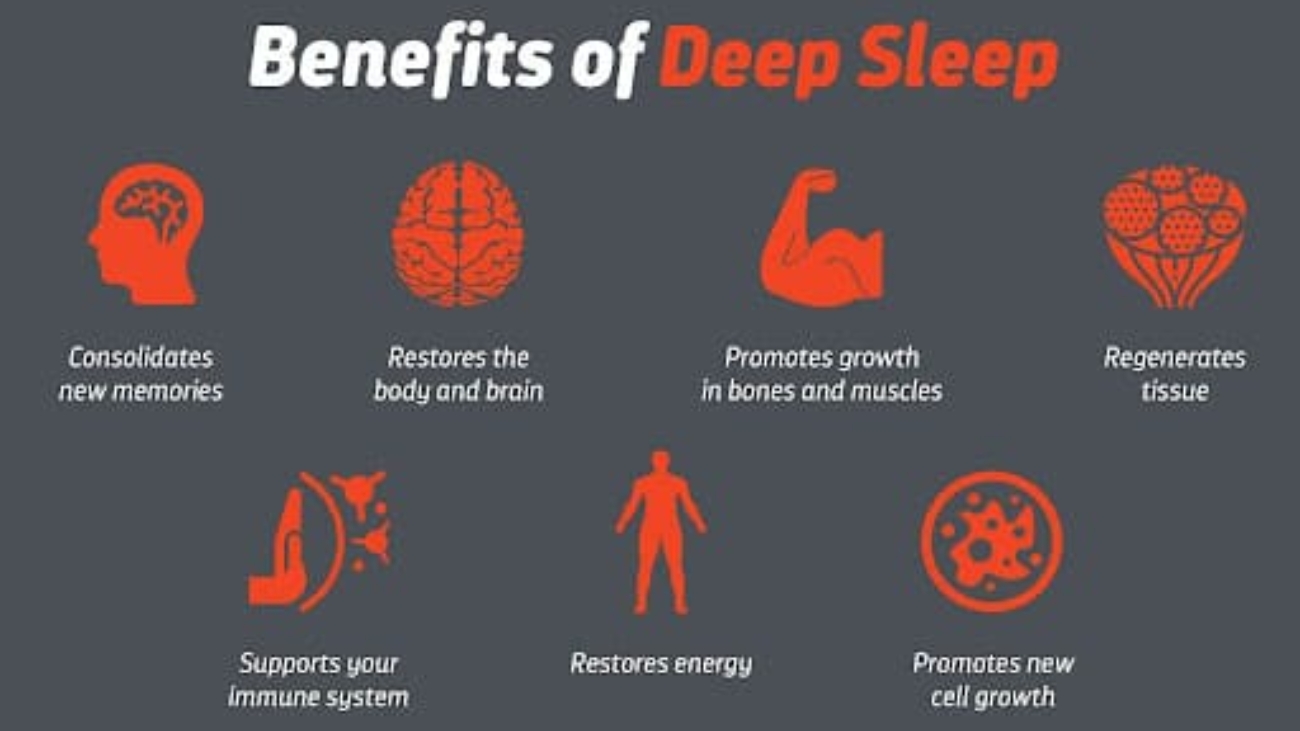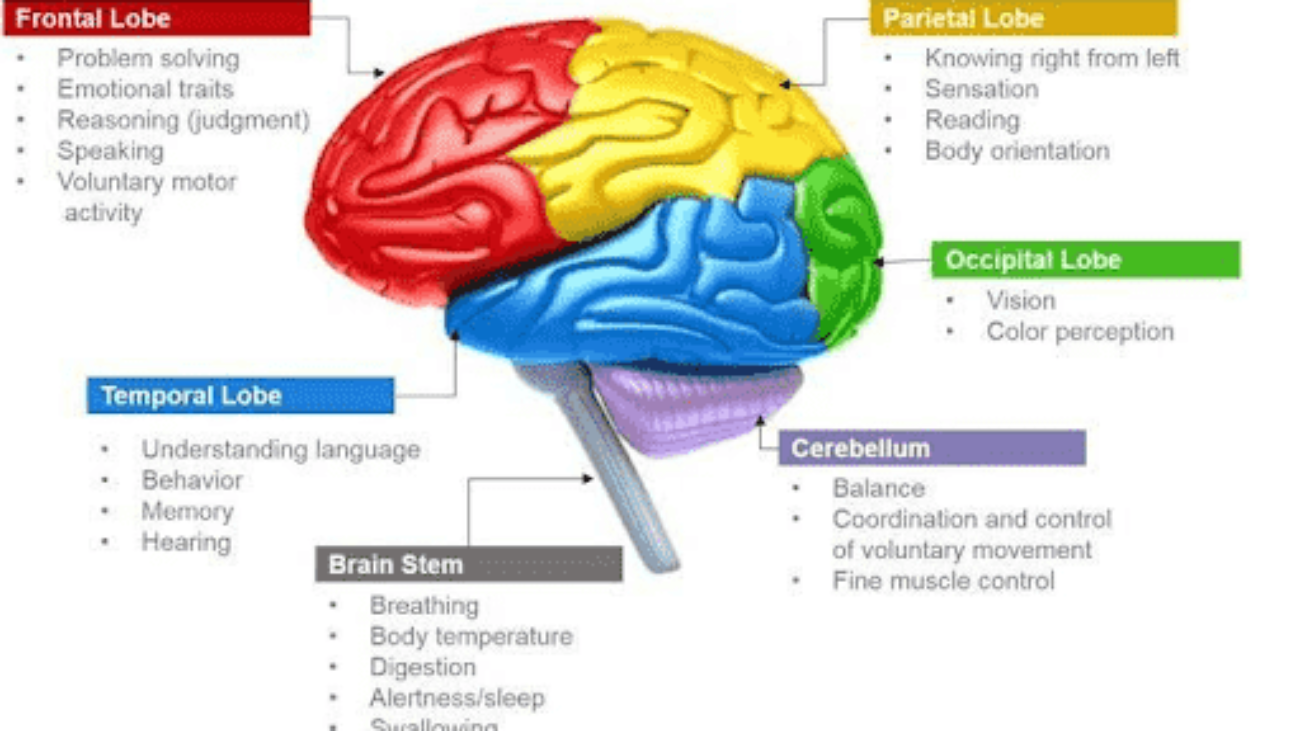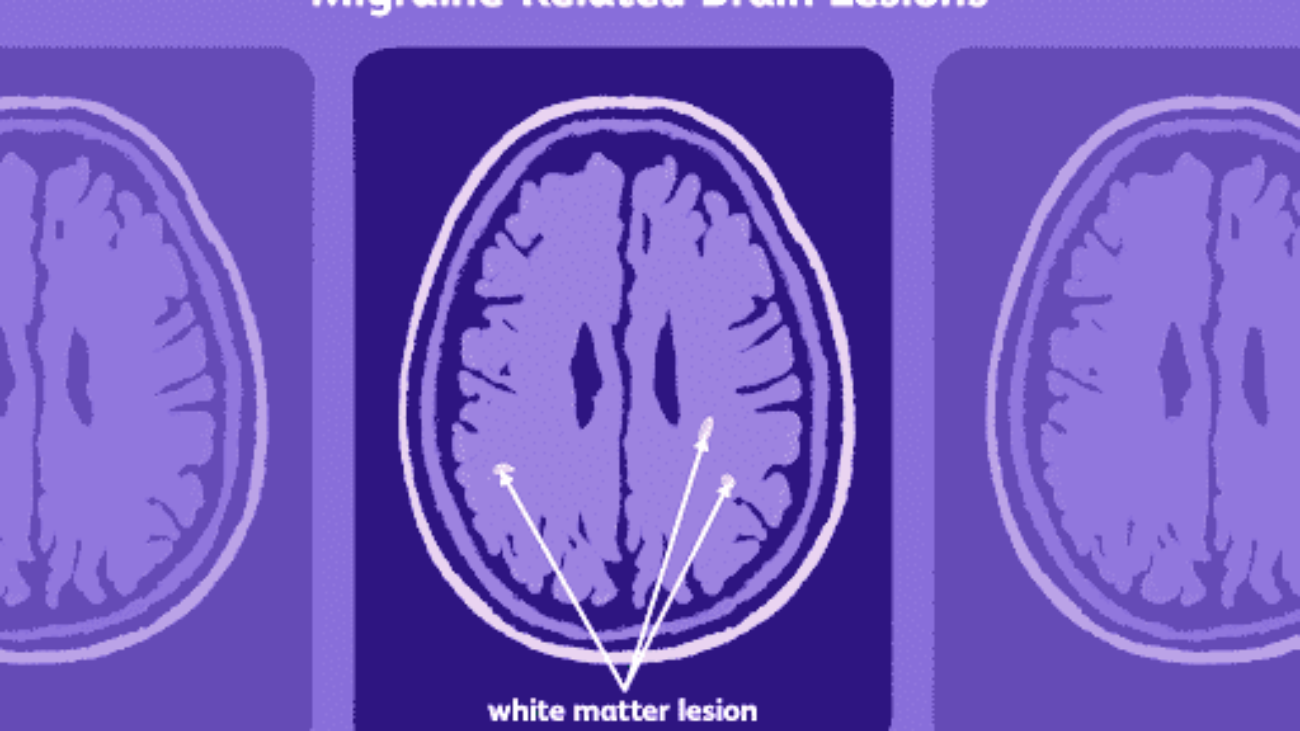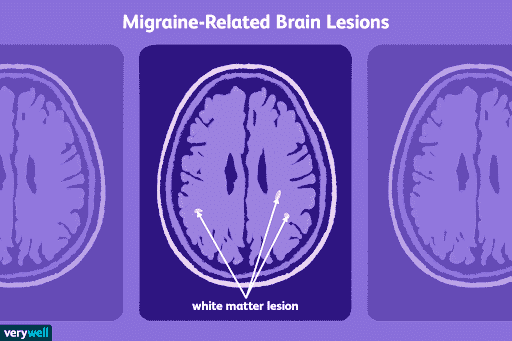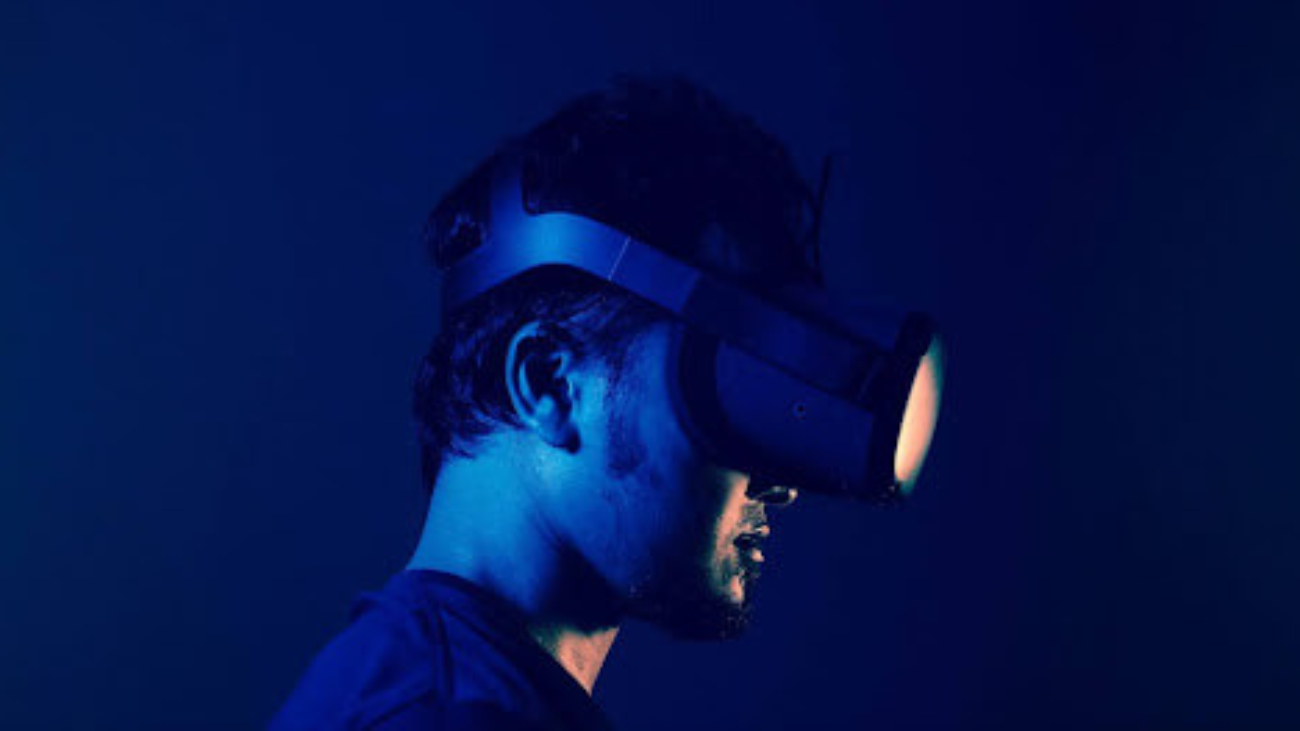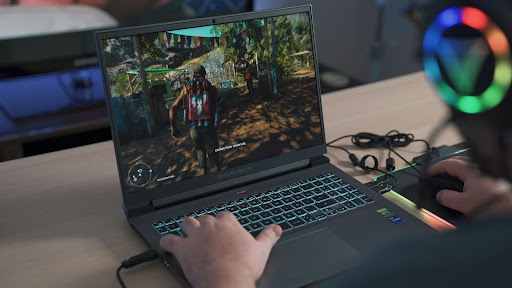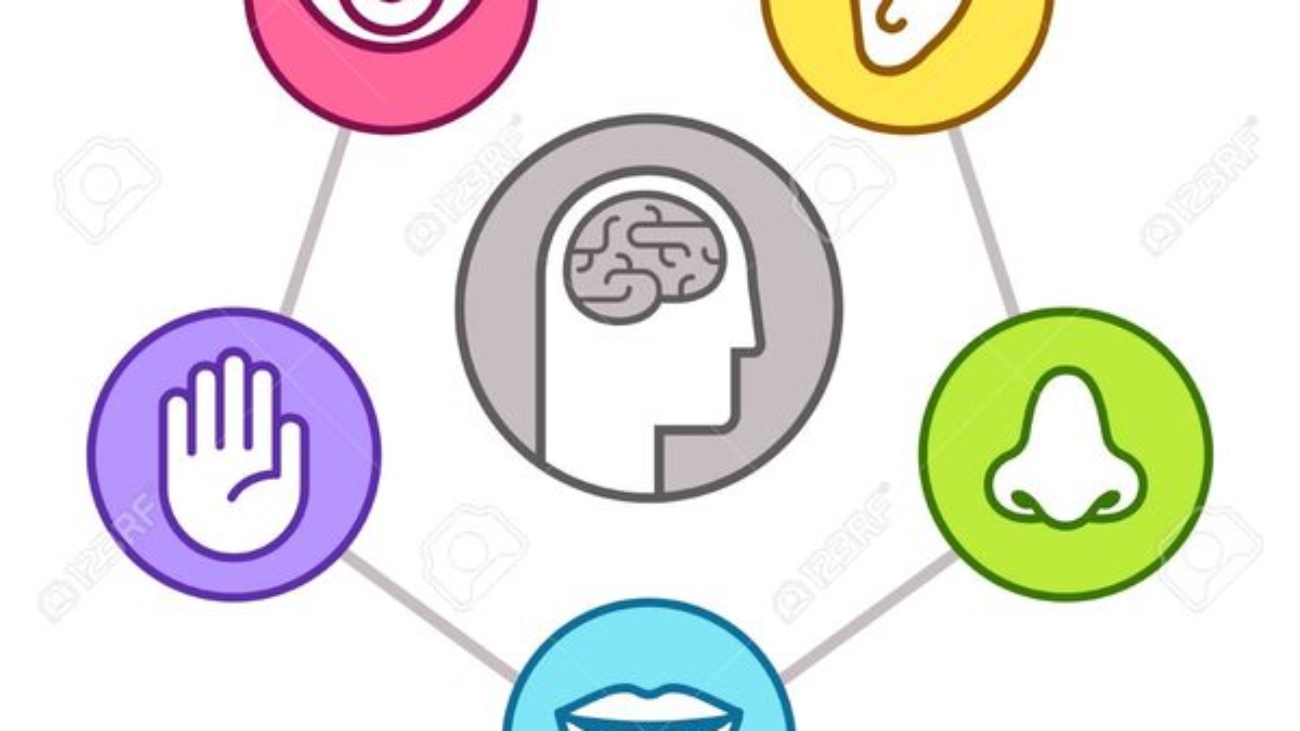Prosthetics are a life-saving and common innovation – according to the World Health Organization, around 35-40 million people around the world require prosthetic devices! Prosthetics help so many people around the world with their daily lives and tasks, but have you ever wondered about their origins? What is the history behind them, and what effort do engineers put into their creation?
Prosthetics, as defined by the Oxford Dictionary, encompass artificial body parts, including leg prostheses, breast prostheses, upper limb prostheses, and more! This technology holds the potential to assist numerous people across the world who face challenges in their daily lives. Additionally, prosthetics are projected to expand even more in the coming years with the advent of brain-computer interfaces (BCIs), allowing prosthetics to be controlled using brainwaves.
Prosthetics can be created using various materials, but the most common are plastic, metal, and composite materials (a type of material produced from multiple individual materials). The material of the prosthetic is tailored to each person, as is the fitting of the prosthetic! Prosthetics must be fitted to each person to ensure a perfect and comfortable fit. The lifespan of prosthetics also depends on the user. For more active individuals, prosthetics will last less time, but for more sedentary individuals, prosthetics will last longer. High-activity prosthetics last for about one to three years, lower extremity prosthetics last for about the same time, upper extremity prosthetics last for about three to five years, and pediatric prosthetics last for 6 months to 2 years.
But where does the lifecycle of prosthetics begin? Personalized prosthetics begin in the clinic, where measurements and other necessary data are taken from the patient. Then, the procedure gets moved to the engineering disciplines! Let’s say, for example, the joint in a knee prosthetic is not working correctly – it could be squeaky, rotating incorrectly, or a myriad of other problems. In the body, the knee contains a type of fluid called synovial fluid – this fluid is meant to smoothen the movement of the joint. Chemical engineering is an important part of replicating the action of the synovial fluid – chemical engineers designed the hyaluronic acid that is used in joint prosthetics! Additionally, chemical engineering also aids with creating new biomaterials for prostheses – in fact, the work of chemical engineering has introduced many of the new materials used in prostheses today! Chemical engineering is necessary to design, synthesize, and produce biocompatible polymeric materials that ensure a product is compatible with the body..
Electrical engineering also plays a huge role in the new advances in prosthetic manufacturing. A new trend that is rising in prosthetic manufacturing is BCIs or brain-computer interfaces! An advanced understanding of electrical currents is necessary to create BCIs while also taking into account the safety of the human using the prosthetic – electrical engineers have this advanced knowledge! According to Energy5, “Through the integration of electrical engineering principles, advanced prosthetic limbs, and assistive devices have significantly improved the quality of life for individuals with limb loss or disabilities. Electrical engineers create customized solutions, such as brain-computer interfaces, that allow patients to control prosthetic limbs with their thoughts.”
One more field of engineering that might not be as well known is regenerative engineering. Regenerative engineering, in a crisp nutshell, is a field of engineering that is researching how to efficiently recreate lost tissue. This field uses advances in engineering, biophysics, science, and medicine.
Another significant issue with prosthetics is the lack of feedback provided to users regarding their interactions. Regenerative engineering is hard at work on this issue too – regenerative engineers are collaborating with a huge array of other fields to build new conductive biomaterials and technologies to support tissues like muscles and nerves, deliver biochemical cues, and localize electrical stimulation!
Similarly, electrical engineering plays a similar role.A broad and accurate knowledge of electrical engineering is necessary to properly deliver the pulses necessary to activate the peripheral nerves using nerve cuff electrodes to improve prosthetic use. The area of nerve stimulation to enhance connection with prosthetics is new, but has the potential for a huge impact on all amputees. The advent of BCIs also requires a thorough knowledge of electrical engineering. BCIs have the potential to change the lives of amputees in the reverse direction by allowing easier control.
Prosthetics are life-changing, but not everyone gets them. While some people do choose to throw their prosthetic away once it becomes too worn out to use, there is another option. Some clinics allow amputees to send their prosthetics to them to be taken apart and transformed into replacement prosthetic parts! These parts are shipped to places like Vietnam, Haiti, and Belize to serve people there! This method can help amputees around the world who may not have the means to take care of their prosthetics. Programs like this truly help to restart the life cycle of old prosthetics!
But even with these programs, prosthetics still cost a lot, and that is one fact that cannot be denied. But, many researchers and companies are looking to eradicate that problem! An example is Rise Bionics, a company based out of India that creates prosthetics from rattan trees (sugar cane). Creating flexible prosthetics from sugar cane cuts the cost of prosthetics by over 50%! The prosthetics that Rise creates cost around 20% to 50% of the cost of regular prosthetics. Rise’s workflow is different from most – rather than having day-long fittings spread out over multiple sessions, they use an app on a device that will scan the region where the prosthetic will fit and use an algorithm to design the mesh that will fit between the amputee’s body and the prosthetic!
The pandemic severely impacted research and medicine, particularly for scientists and engineers unable to access labs. This hindered innovation in prosthetics and brain-computer devices. Clinicians faced similar challenges, with orthotists reporting variations in appointment times and a shift to telehealth services. Some services were limited to urgent cases, potentially affecting non-urgent patients. Despite these setbacks, the prosthetics field is rebounding, with innovations like BCIs and alternative materials driving progress.
References
- https://www.youtube.com/watch?v=O6lENrRANxY
- https://navier.engr.colostate.edu/whatische/ChEL07Body.html
- ://doi.org/10.1007/s12598-015-0446-0
- https://doi.org/10.1080/16549716.2020.1792192
- https://opcenters.com/what-is-the-lifespan-of-prosthetics/
- https://www.georgiaprosthetics.com/blog-articles/what-should-i-do-with-my-old-prosthesis-donate-it/#:~:text=Many%20people%20simply%20throw%20away,out%20in%20a%20tremendous%20way
- https://news.mit.edu/2022/rise-bionics-prosthetics-orthotics-0429



